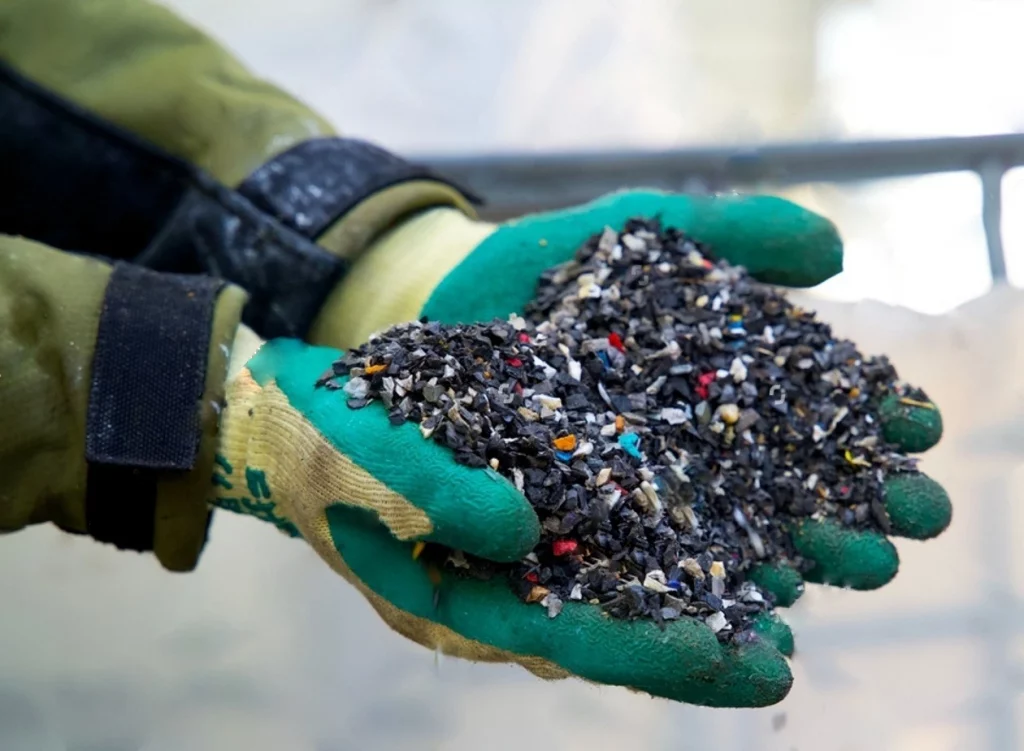The integration of plastic waste as an alternative fuel in the cement industry has emerged as a noteworthy sustainable practice, addressing paramount environmental concerns while optimizing resource efficiency. This transformative process involves converting non-recyclable plastic materials into energy through co-processing within cement kilns. Let’s delve into a more comprehensive exploration of how the cement industry seamlessly incorporates plastic waste as an alternative fuel
Collection and Sorting
The initial stage entails the meticulous collection and sorting of plastic waste from diverse sources, encompassing post-consumer packaging, industrial waste, and non-recyclable plastic materials. Rigorous sorting protocols are essential to eliminate contaminants, ensuring the high quality of the plastic waste feedstock.
Shredding and Pre-treatment
Following collection, the plastic waste undergoes rigorous shredding and pre-treatment procedures. Shredding serves to reduce the size of plastic materials, facilitating optimal combustion and handling. Pre-treatment processes may involve the removal of non-combustible elements, such as metals, enhancing the overall efficiency of the co-processing.
Blending with Conventional Fuels
Cement kilns conventionally rely on fossil fuels like coal and petcoke as their primary energy sources. When utilizing plastic waste as an alternative fuel, it is meticulously blended with conventional fuels to create a homogenous fuel mix. This blending ensures a standardized and controlled combustion process within the cement kiln.
Co-processing in Cement Kilns
The blended fuel, comprising plastic waste and conventional fuels, is introduced into the cement kiln during the clinker production process. The elevated temperatures within the kiln facilitate the breakdown of plastic waste into its constituent elements, predominantly carbon and hydrogen. This simultaneous utilization of plastic waste as both a fuel and an element incorporated into the cement product is referred to as co-processing.
Energy Recovery
The combustion of plastic waste in the cement kiln releases energy, contributing significantly to the overall heat required for clinker formation. This energy recovery from plastic waste diminishes reliance on traditional fossil fuels, thereby fostering a more sustainable and resource-efficient cement manufacturing process.
Emissions Control
Acknowledging potential environmental concerns related to plastic waste combustion, cement kilns are equipped with advanced emissions control technologies. These technologies, including bag filters and electrostatic precipitators, effectively capture particulate matter and other pollutants, ensuring emissions comply with stringent regulatory standards.
Benefits of Using Plastic Waste as Alternative Fuel in Cement Industry:
1. Waste Reduction
Incorporating plastic waste as an alternative fuel represents a responsible and effective approach to waste management, diverting non-recyclable plastics away from landfills and contributing to a circular economy.
2.Energy Efficiency
The energy content of plastic waste significantly contributes to the overall energy requirements of the cement production process, consequently reducing the consumption of traditional fossil fuels.
3.Lower Carbon Footprint
Plastic-derived fuels often exhibit lower carbon emissions compared to certain traditional fossil fuels, aligning with the cement industry’s concerted efforts to minimize its carbon footprint.
4.Resource Conservation
By harnessing plastic waste as an energy source, the cement industry actively contributes to the conservation of natural resources, fostering a sustainable and circular economy.
The cement industry’s embrace of plastic waste as an alternative fuel signifies a positive stride towards sustainability, aligning with global endeavors to address waste management challenges and transition towards more eco-friendly manufacturing practices. As the industry persistently innovates and invests in environmentally responsible technologies, the integration of alternative fuels, including plastic waste, is poised to play a pivotal role in shaping a more sustainable and environmentally conscious future.



